CubaDebate 174
Dueling With Death

Suicides in Sancti Spirits: Dueling with death
By: Enrique Ojito
Translated and edited by Walter Lippmann for CubaNews.

Suicide, considered a health problem in the world, reports an increasing annual rate in Sancti Spíritus, which is above the average in Cuba. Illustrative image.
Elena was never this far from life. She opened the window of the apartment where the unexpected drizzle came in. At that time, her mother was enjoying the adventures on TV in the living room. At that time, her daughter sought to escape for good. Before, there was an overdose of psychopharmaceuticals and intensive therapy; there was a train, an infinite whistle and the hand that pulled her off the railway line at the exact second. She wanted to get rid of her 22 years and her stormy marriage, which was not so. She climbed into the chair to say goodbye, too, from the window. And she stumbled upon the wet emptiness of the night.
Attempts and consummated suicides are not exclusive to Sancti Spíritus or Cuba. The World Health Organization (WHO) estimates that every 40 seconds a person is deprived of life on the planet; the number of deaths from this reason per year even exceeds the number of deaths due to armed conflicts and homicides in that period.
As international and Cuban experts maintain, this problem is not just a phenomenon of today; in the course of humanity, suicide has been valued from different cultural angles, not a few modified over time.
In ancient times, it was reasonable for Vikings and Gauls to take their own lives because of illness or old age; the Japanese resorted to it for atonement or defeat. In the Greco-Latin world, there is an extensive list of recognized figures who proceeded in this way: Socrates, Marco Antonio… In Cuba, first, the indigenous people; then, the Africans brought to the island appealed to hanging before the impotence and bitterness provoked by the Spanish colonizers, according to the book The Psychological Sutopsy: Suicide or Homicide? by Dr. Teresita García Pérez.
For the WHO, suicide – a word coined by the English writer and doctor Thomas Browne in his work Religio Medici in 1642, based on the Latin terms sui (oneself) and caedere (to kill) – is “death resulting from a suicidal act”, conceptualized by the organization itself as “any act by which an individual causes himself an injury, whatever the degree of lethal intent and knowledge of the true motive”.
The object of analysis from clinical, psychological-psychiatric, epidemiological and sociological perspectives…, such action constitutes a global phenomenon and affects both the most industrialized and the least developed nations, a reality that led to joint research between academics from the United Kingdom and the United States, who considered the high mortality rates for this cause in the “happiest countries” paradoxical; understood as happiness, essentially, as having enough money to make and buy what the person wants.
Regardless of this reductionist view, it also reveals the loss of human lives -even more so due to suicide-, whether in Japan or Switzerland, or in Cuba, with high annual rates per 100,000 inhabitants in the Americas.
This pitiful truth has been manipulated for political ends by the media to create opinion matrices against the Revolution, a project that can be improved and which has had the human being as its cornerstone, as demonstrated by the recent presentation of the report of the Greater Antilles to the Universal Periodic Review, a mechanism of the United Nations Human Rights Council, based in Geneva.
Despite the State’s efforts to guarantee the right to existence – as the infant mortality rate of 4.0 reported last year attests – 8,954 people took their own lives in the country from 2013 to 2017, a period in which suicide was among the top ten causes of death – similar to the world trend – according to the Statistical Yearbook of Cuba and Health.
Specifically, Sancti Spíritus recorded 389 deaths for this reason from 2013 to 2017, 90 of them the previous year. The latter figure, in addition to tripling the number of deaths caused by traffic accidents in 2017 here, represents the highest of the five-year period, when annual death rates from intentionally self-inflicted injuries always exceeded the national average in that period and were among the top 10 causes of death in the territory, according to the Statistical Yearbook and sources of the Provincial Health Directorate.
From previous centuries to the present day, scholars have delved into the manifestations of suicidal behavior. As early as 1820, the French psychiatrist Jean Pierre Falret stated that suicide was the result of a mental disorder; in 1838, the Frenchman Esquirol argued that it was the result of an emotional crisis. The sociologist Émile Durkheim argued in his book The Suicide in 1897 that it was the result of the interaction between the social facts and the individual motivations of the victim.
In Sancti Spíritus, each completed suicide leads to the analysis of the Provincial Technical Advisory Commission on Suicidal Conduct, which determined that the cases of 2017 were linked, to a greater extent, to personal and family conflicts.
In order to save the lives of those who demonstrated suicide attempts and, fortunately, survived, the commission itself, with the support of the municipalities’ Mental Health departments, also evaluated the attempts, which amounted to 468 last year, a number that is often distanced from reality, given the stigma that acknowledging it arouses in the social imaginary.
More than half of these events were due to family friction, conditioned by dysfunctional homes, misunderstandings and communication problems. Couple and personal conflicts also led to the attempt, significantly present in the female group of 20 to 39 years old.
However, it is a matter of concern that more than a third of the attempts in 2017 in Cabaiguán – the municipality with the highest suicide rate in the province during the period – were among adolescents, events related to the lack of communication in the family, according to Orlando Ríos Taño, head of the Mental Health Department there. This commentary is in line with the evidence found in the inquiry about the causes and factors associated with the suicide attempt in that age group in Sancti Spíritus – it would deserve a particular analysis – published in the Cuban Journal of Hygiene and Epidemiology.
Knowing that the greatest number of suicides in 2017 was concentrated in Sancti Spíritus among people aged 60 years and over, “differentiated actions are carried out in elderly people who are alone, fragile and in a state of need, with adequate follow-up of psychiatric pathologies, especially those with a high suicidal risk,” according to Ledanay Aquino Pérez, Mental Health Coordinator at the Provincial Directorate of the sector.
Orlando Ríos warns of this vulnerability when he examines it in a scenario marked by the gradual increase in the number of single-person families due to migration abroad, especially of children, a phenomenon that has plunged many of those who remain on the island into depression.
Experts have assessed the influence of depressive disorders on suicidal behavior, associated with factors such as psychological functioning and personality factors (low self-esteem, hopelessness) and the presence of psychiatric pathologies and family conditions (divorce from parents, pressure from parents on children).
The relationship includes socio-demographic, biological (terminal illnesses, somatic deformities and amputations) and social reasons: poor support and acceptance of peers, school problems, interpersonal losses, alcoholism…
Several national studies refer to the incidence of disadvantageous economic conditions in interaction with other causes, a criterion supported by the increase shown by the suicide rate in the most dramatic years of the special period in Cuba.
Prior to this, in 1989, the Cuban State implemented the National Program for the Prevention of Suicidal Behavior, a reference in the world, but not executed with similar quality in the different areas of health in the country, according to the research consulted.
This program gives primary care a leading role in the identification of individuals at risk, as noted by this reporter at the Family Physician’s Office No. 20, from Polyclinic 2, in Cabaiguán; but it can be improved in other units of this type in the same territory.
In order for the program to leave the role and be corporated, there are Technical Advisory Commissions from the national to the municipal level, in charge of systematically evaluating manifestations of suicidal behavior, followinf-up of detected cases, intervention of the Mental Health teams and training, without forgetting the certainty of Martí: “It is a crime not to oppose all possible obstacles to death”.
The WHO insists that prevention transcends the borders of health systems and its approach must be multifactorial, with a focus on causes, in order to mourn death. At the same time, it warns of the consequences of suicide: the loss of human beings, family trauma and economic costs.
These expenses include the three operations that Elena underwent at the Camilo Cienfuegos Provincial General Hospital during her two months of admission. Only a miracle saved her life after she threw herself into the void that night. Only the skill of the specialists gave back the freshness to my friend’s new face.
(Taken from Escambray)
Crossings

Crossings: Eleven Ways to Be, to Exist and to Enter the “Closet”
May 20, 2012
By: Marta María Ramírez
Translated and edited by Walter Lippmann for CubaNews.
Crossings: eleven ways of being, coming out and entering the closet
In this article: 11 Havana Biennial, Art, Havana Biennial, CENESEX, Cuba, Culture, Havana, Manuel Mendive, Mariela Castro Espín, Sexuality, Society
20 May 2012 | 33
By: Marta María Ramírez
11 exponents of the plastic and visual arts from Cuba gathered in a collective exhibition to represent the experience of homosexual people in the public recognition of their sexual preference.
They were joined by Mariela Castro Espín, director of CENESEX, whose idea was not only original, but also part of the curatorship of Travesías, the title of the exhibition, which opened at the Rubén Oliva Gallery in the capital’s Bertold Brecht Cultural Center.
“To understand the stories of suffering and happiness it has been essential to listen. We saw the possibility of telling it through art and the looks of these artists, whom I invited,” said Mariela.
For the Cuban sexologist, who makes her debut as a curator in the visual and plastic arts, “decision-making is always a journey. It is necessary to show what these people experience because their experiences can be very cruel.
Manuel Mendive was the first to enlist. Mariela went on her search to her retreat-study in the rural town of Santa María del Rosario.
“I’m very excited about the idea. It is a challenge to represent a process that can be difficult because of the homophobia that reigns in the world, including in Cuba,” Mendive told me at the time.
The famous plastic artist is accompanied by Adonis Flores, Alejandro Calzada, Carlos Martiel, Elizabeth Ceviño, Humberto Días, I.A., Lázaro Saavedra, Marianela Orozco, Ricardo Rodríguez and Andrés D.Abreu, the latter sharing the curatorship with the sexologist.
“Each artist has communicated in their own way, with their own codes and in the way they interpreted this reality,” said Mariela.
It is not the first time in Cuba that people have created and exposed their perceptions of homosexuality. However, the contribution of Travesías lies in the fact that it is the result of a workshop in which creative people exchanged with gay, lesbian, transgender and heterosexual Cubans in March 2012.
Questioned about the reasons for the choice of plastic and visual arts, the sexologist said that “since the Havana Biennial was coming, there was an opportunity to use it as a communication resource”.
In this sense, D.Abreu pointed out that “art has shown that it is part of that great accumulation of things that make up the imaginary and thought of society. I can’t say that it alone is a transformer, but that it helps the transformation, so you have to take advantage of his possibilities.
“Three spaces for debate were created. One discussed what it felt like and how it was like to be inside the closet, because they fear that society would reject them; another group was for people who had freely decided to be who they are, and a last group was for those who are still in the process, in the journey,” he said.
Travesías, sponsored by the Brownstone Foundation, will be open to the public until next June, as part of the collateral activities of the 11th International Conference of the Red Cross. Havana Biennial and the V Cuban Day Against Homophobia
Charlise Theron Might Leave the US

Charlise Theron Might Leave the US, Fearing its Racism
April 16, 2018
Translated and edited by Walter Lippmann for CubaNews.
 Actress Charlize Theron said she is considering leaving the United States for the sake of her two adopted children because she is concerned about racism in the country, where “she is much more alive than people thought.”
Actress Charlize Theron said she is considering leaving the United States for the sake of her two adopted children because she is concerned about racism in the country, where “she is much more alive than people thought.”
Separated from actor Sean Penn since 2015, the actress is the single mother of two children, a boy, Jackson (6), and a girl, August (2), adopted in South Africa.
Concerned about the issue of racism in the United States, she said that “it exists and is much more latent than people thought.”
“We can no longer deny it. We have to raise our voices. There are places in this country where if I were offered a job there, I wouldn’t take it,” he continued. “I wouldn’t take my kids to certain parts of America and that’s pretty problematic.”
Interviewed by Elle magazine, she said she has only her mother, Gerda, to help her raise her children. “I’m so lucky to have her, without her I’d feel so alone in all this,” she said.
“Many times I look at my children and tell them: if this continues, I will have to (leave the United States). Because the last thing I want is for my children to feel insecure,” added the 42-year-old star, born and raised in South Africa during the apartheid era in that country.
“They’ll have to know that it’s a different climate for them than it is for me, and how unfair it is,” the Oscar winner said of her children.
Theron is promoting her new comedy, “Tully”, which will be released on May 4.
On the other hand, in the cover interview for Elle magazine, Theron spoke about the difficult adoption process she faced.
“I never saw the difference between raising an adopted child and a biological child. I don’t feel like I’m missing anything,” he said. “It was always my first choice, even when I was in a relationship.”
The actress recalled that she suffered “a lot during the process”. “Among the hardest times in my life was when I filed the adoption papers; it really destroyed me emotionally,” she said. “There were so many situations that didn’t work and you get attached and you get excited and then you get devastated.
Theron remembered that she had always dreamed of adopting a child. “I’ve always been aware that there are many children in the world who don’t have families,” she said.
(With information from Ansa)
“Art helps to blur many barriers”

Daniela Vega: “Art helps to blur many barriers”
By: Martha Sánchez Martínez
May 17, 2018
Translated and edited by Walter Lippmann for CubaNews.
Chilean transsexual actress Daniela Vega has a lot of international awards at home, but she feels she lacks something like a human being and it is not a laurel, but a right.
The star of A Fantastic Woman, winner of this year’s Oscar for Best Foreign Film, would like to be able to stamp her name on her grave in her native country.
If I could, I would not take a jar, or my rings, or my glasses, when I die. I would take my name with me, because my name is what I am, it is what I did and what I wanted to do at the moment when I had to be alive, said the 28-year-old girl who at the age of 14 began her gender transition.
For Daniela, it is a question of dignity, which could be resolved by will.
Why not? Why not? Where is the dignity of the people then? Where is the creation of rights for human dignity? These and other questions make her one of the most valuable activists in the Lesbian, Gay, Bisexual and Transgender (LGBT) community today.
After making history as the first transgender woman to take the role of presenter at an Academy Awards ceremony, Time Magazine chose her in 2018 as one of the 100 most influential personalities in the world.
The performance of Marina Vidal, a trans woman, in Sebastian Lelio’s feature film, gave her a Platinum Award, a Caleuche, and Best Actress awards at the Palm Springs International Film Festival and the Havana International New Latin American Film Festival.
She also presented the Ibero-American Phoenix Film Award and the Best Actress Jury Award at the Lima Film Festival in Peru to the artist and lyrical singer.
Art, in general, helps to blur and soften many barriers, because art is a space for resistance, reflection and communion, she said during a colloquium held at the National Sex Education Center (Cenesex) in Cuba.
She travelled to this Caribbean island to participate once again in the actions of the Day against Homophobia and Transphobia, which takes place every May under the direction of the sexologist Mariela Castro.
According to Vega, in many countries of the Latin American continent, transgender people are destined for smaller tasks, not for political, strategic or community participation.
And I feel like why? is answered with the word fear, because some people are afraid to empower certain people, she said.
The Oscar won by A Fantastic Woman in the United States of course gave her satisfaction, and above all allowed her to raise her voice, but this girl can not stop thinking about others, ishe is not a unique case on the planet, she prefers to defend the opportunity to listen to everyone.
Why are some voices legitimate and others not? This has to do with the legitimacy we give to life, it should not be necessary to win an Oscar to be listened to, it is enough that there is only a will to listen, he said.
When will the States of the world understand that identity is an inalienable right?
In addition, she wondered where the power of States to support the childhood of transgender people lay, for we were not talking about someone who became a horse, a dog or a cat, but a human being, and she claimed it from her own experience, because she was a victim of discrimination in childhood.
Speaking of human beings, it would be nice to understand that human rights are not charged like a credit card, nor as a shopping mall, nor with a luxury car, human rights are taken to the grave, she said.
Who says that there are wars that are not legitimate, that there are unconquerable loves, that there are ungovernable bodies, asked this voracious reader of poetry who came to the world of acting in search of an instrument of self-understanding.
According to Daniela, giving dignity to people should be the political will of all States and governments, as they have supported the right to vote, among others, because the dignity of the human being is, together with diversity, its greatest wealth.
A Fantastic Woman launched her to stardom but it was not her first film work, as her film debut came in 2014 with The Visit, a film directed by Mauricio López Fernández, which allowed her to travel to various festivals around the world and gave her her first international awards as an actress.
At the end of this year, Vega will appear in a starring role in the film Un domingo de julio en Santiago, by Visnu and Gopal Ibarra, who invited her to perform as a femele lawyer.
She only answers with mystery a question from Prensa Latina about what she would be interested in doing in film:
“I like to surprise people, I prefer to surprise them,” she said.
These days, the artist is writing an autobiographical book, she is not ashamed of being a trans, but proud, and she suffers the obligation to travel with a masculine name on her passport, but she will not stop struggling to be recognized everywhere as who she is, and that is clear to her, simply Daniela Vega.
(Prensa Latina)
Daniela Vega on Cuba’s will to build bridges

Chilean actress Daniela Vega highlights Cuban will to build bridges
May 17, 2018
Translated and edited by Walter Lippmann for CubaNews.
In Pinar del Rio, Chilean transgender actress Daniela Vega, star of the film A Fantastic Woman (awarded the Oscar for Best Foreign Language Film), highlighted the Cuban government’s political will to build the dignity of life and bridges that unite.
The artist spoke with representatives of the press in Pinar del Río, the venue of the Cuban Conference against homophobia and transphobia, convened by the National Sex Education Centre (Cenesex) in an effort to promote respect for free and responsible sexual orientation and gender identity.
Vega recalled that from the first time she visited Cuba, her colors and the spirit of Cenesex caught her by keeping them beautiful and the island’s flame high.
What motivates me to come is the greatness of this country, she confessed while calling for taking the stones that others will use to build walls that separate and use them to build bridges that unite.
The Chilean actress thanked Cuba and its people for the reception and called on heterosexuals, homosexuals and transsexuals to overcome fear and act convinced that colors can mix and be bright and radiate more light.
Let us fight so that the children of the future are not rejected as we were, she concluded.
(With information from Prensa Latina)
Pix from Gala vs. Homophobia & Transphobia

Pictures from 11th Gala Againist Homophobia & Transphobia

By Darío Gabriel Sánchez García
Journalist and photojournalist. Professor of Photography and Audiovisual Production at the Faculty of Communication of the University of Havana.
May 18, 2018
Translated and edited by Walter Lippmann for CubaNews.
This Friday, the stage of the great Cuban events, the Karl Marx Theatre, was filled with people at the 11th Cuban gala against homophobia and transphobia, under the slogan “For schools without homophobia and transphobia”.The gala featured nationally recognized international artists such as Alain Daniel, Diván, Haila, Laritza Bacallao, Migue-DECUBA, Proyecto Voces, Yotuel, as well as the dance companies Acosta Danza, Rakatán, Coro de la Escuela René Vilches, Latin Dance Ballet and Revolution.
With the presence of Roberto Morales Ojeda, Minister of Public Health, member of the Political Bureau of the Central Committee and Vice-President of the State Council; Ena Elsa Velázquez, Minister of Higher Education; José Ramón Saborido, Minister of Higher Education and Mariela Castro Espín, Director of the National Sex Education Center (Cenesex), among other personalities, this eleventh edition is being held within the framework of the celebrations for the 30th anniversary of Cenesex, an institution that since 2007 has strengthened its educational strategy to promote the full and responsible exercise of sexual rights as inherent to human beings.
Beyond the artistic display, the gala was also the occasion for the presentation of special awards by Cenesex to Carla Antonelli, and recognized LGBT rights activist who since 2011 serves as deputy of the Assembly of Madrid by the Spanish Socialist Workers Party, becoming the first and only transgender woman in Spain to accede to this position. Also honored was Mike Jackson, an English activist and one of the founders of Lesbians and Gays Support the Miners, a lesbian and gay organization that came together to support striking miners from 1984 to 1985 in Britain after the Thatcher government confiscated funds from that sector of the workforce.
The “In memoriam” prize was awarded to the recently deceased journalist, researcher and professor Isabel Moya Richard. From her position as director of the Women’s Publishing House, of the magazine Mujeres, and as president of the Chair of Gender and Communication at the José Martí International Institute of Journalism, Isabel Moya was always a fervent defender of gender equality.

De izquierda a derecha: Carlos Solar, Yasbell Rodríguez y Margot. Foto: Darío Gabriel Sánchez/ Cubadebate.
Cuba Socialista Now Online

Cuba Socialista Now Online
May 5, 2018
Translated and edited by Walter Lippmann for CubaNews.
Since Saturday, the website of the political magazine of the Central Committee of the Communist Party, Cuba Socialista, is available on the Internet at www.cubasocialista.cu.
As part of the launch, the fourth season of the printed magazine, which printed six copies to date, the last of which is dedicated to the October Socialist Revolution, was also presented.
According to Enrique Ubieta, director of both publications, the aim of bringing Cuba Socialista to the web is to encourage discussion. “It is not an information magazine, but a magazine of reflection, with texts that do not age.”
He also declared its intention to “feed” the site with new content on a weekly basis, although it also has dossiers, interviews, essays and galleries that have been published in the printed version.
According to th curator and art critic Helmo Hernández, who is also a member of the magazine’s Editorial Board, the meaning and objectives of Cuba Socialista were established by Fidel Castro since its creation in September 1961.
“Cuba Socialista aspires to create intellectual debate among the population and to promote the political and ideological culture of Cuban society,” Hernandez said.
Far Right Running US Cuba Policy

Ex-diplomat Vicki Huddleston points out that the extreme right has taken over US policy towards Cuba
By: Cubadebate Editorial Staff
April 5, 2018
Translated and edited by Walter Lippmann for CubaNews.
Beyond Racism

Graphic Opinion: Beyond Racism
 By Adán Iglesias ,
By Adán Iglesias ,
Renowned Cuban cartoonist. Director of the humorous publication DDT.
Translated and edited by Walter Lippmann for CubaNews.
During the 2016 presidential campaign, Donald Trump was the candidate of several supremacist groups. Since his rise to power he has come to declare that among the supremacists there are “good people”.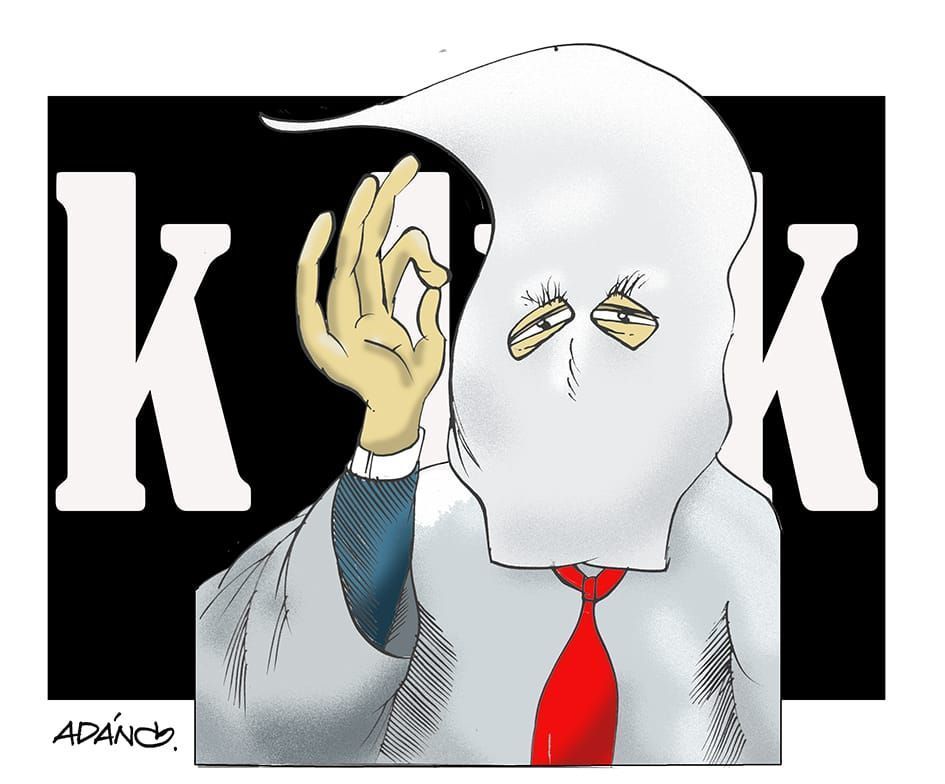
Martin Luther King

Martin Luther King: 50 Years Can’t Kill a Dream
April 4, 2018
Translated and edited by Walter Lippmann for CubaNews.
The speech that American activist Martin Luther King is remembered for today was entitled “I have a dream”. The three words became a milestone. Hundreds of politicians and presidents from around the world have used that same phrase at public events. But none has been as powerful as the one Luther King starred in on August 28, 1963, on the steps of the Lincoln Memorial in Washington. However, last Saturday, March 24th, the story of this phrase began a completely new chapter.
Yolanda Renee King, granddaughter of the leader of the civil rights movement in the United States, repeated her grandfather’s words very close to where he first spoke them 55 years ago. At just nine years of age, Yolanda stepped onto the stage with the confidence of a leader who knows the legacy that precedes her and the power of words.
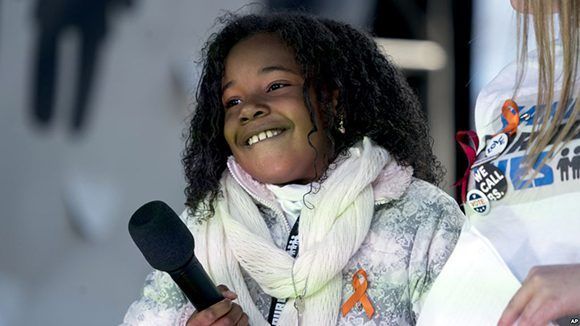
Yolanda Renee King, granddaughter of Martin Luther King Jr., speaks on “The March for Our Lives” in support of gun control. Photo: Andrew Harnik/ AP
VIDEO: https://twitter.com/AMarch4OurLives/status/977625892745658368
Subscribe to Blog via Email
| M | T | W | T | F | S | S |
|---|---|---|---|---|---|---|
| 1 | 2 | 3 | 4 | 5 | 6 | 7 |
| 8 | 9 | 10 | 11 | 12 | 13 | 14 |
| 15 | 16 | 17 | 18 | 19 | 20 | 21 |
| 22 | 23 | 24 | 25 | 26 | 27 | 28 |
| 29 | 30 | 31 | ||||


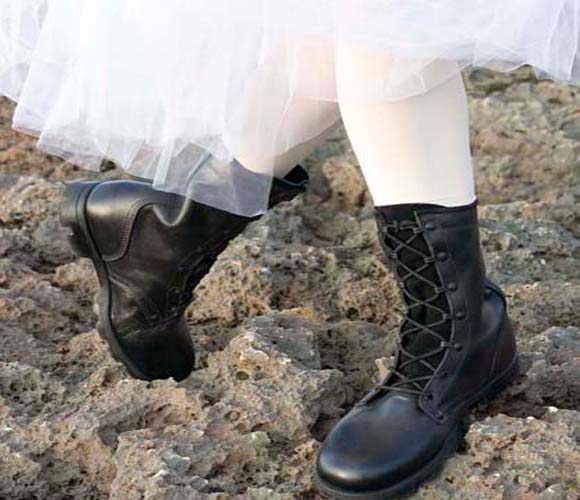

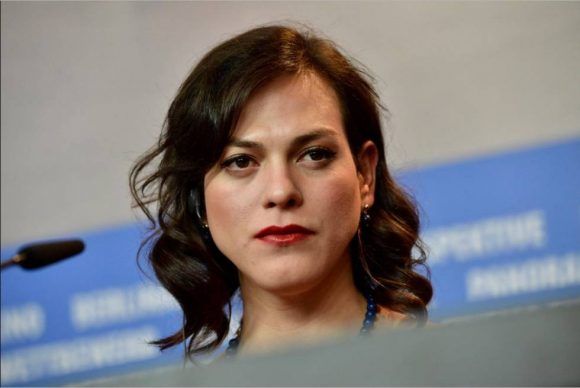
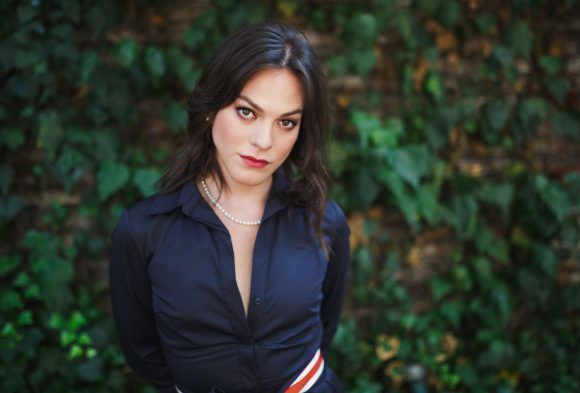


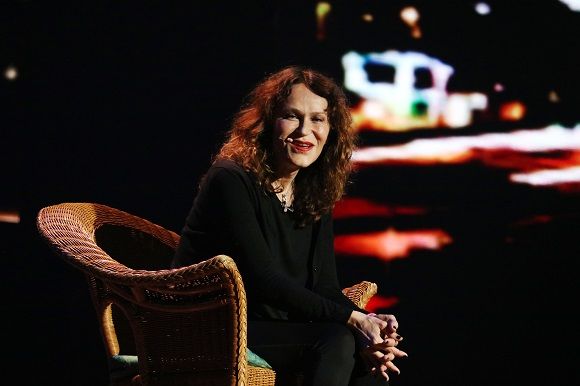


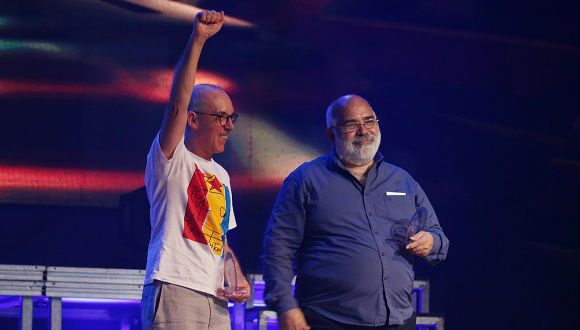




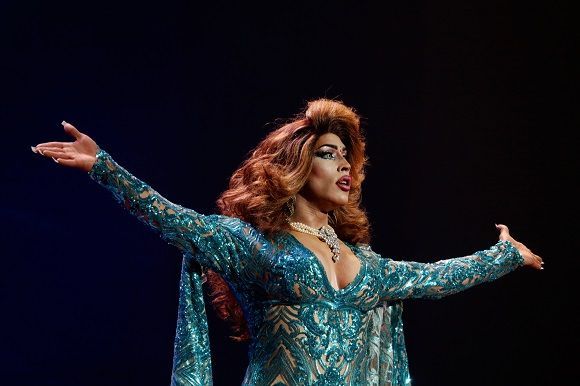


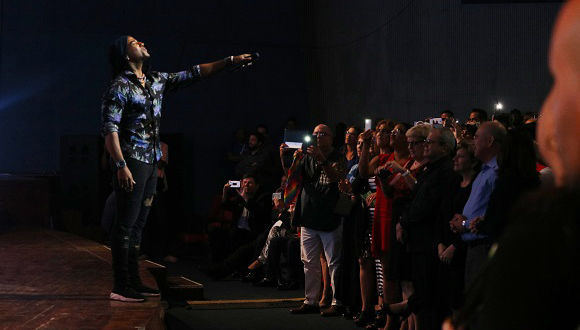

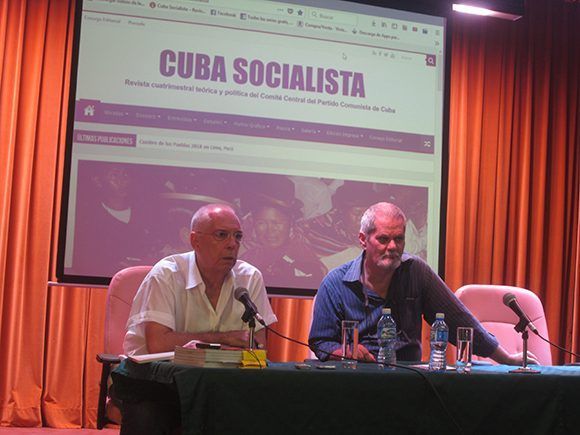
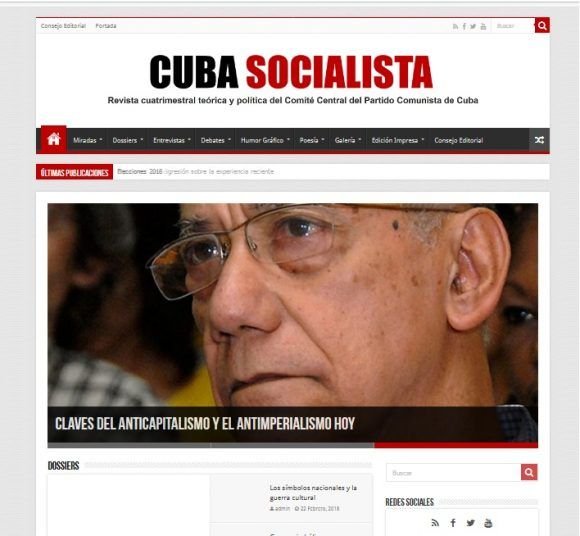
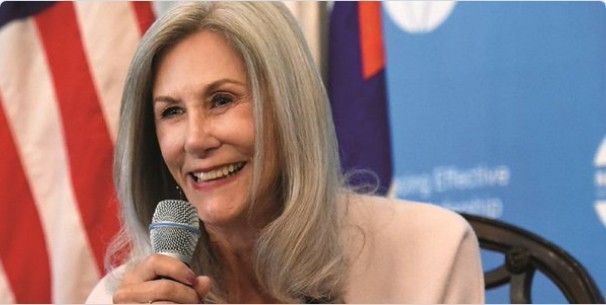
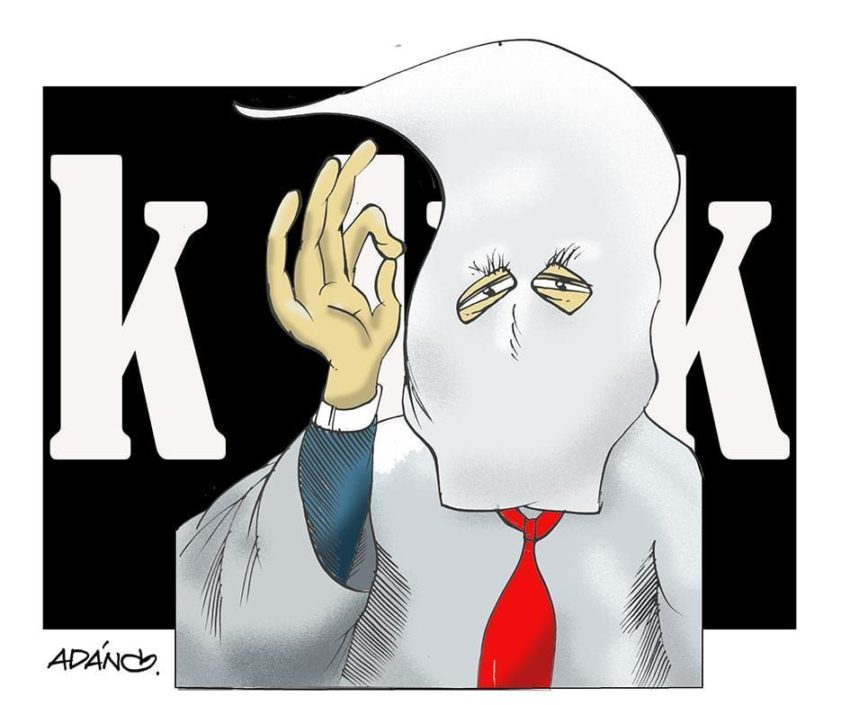
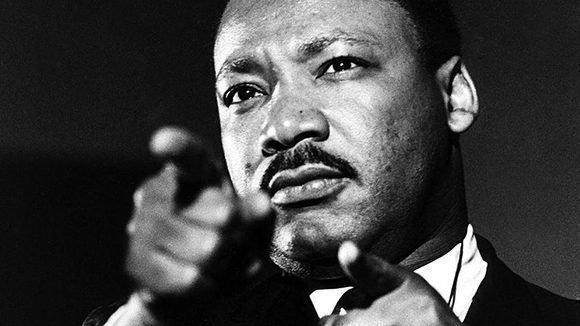
You must be logged in to post a comment.